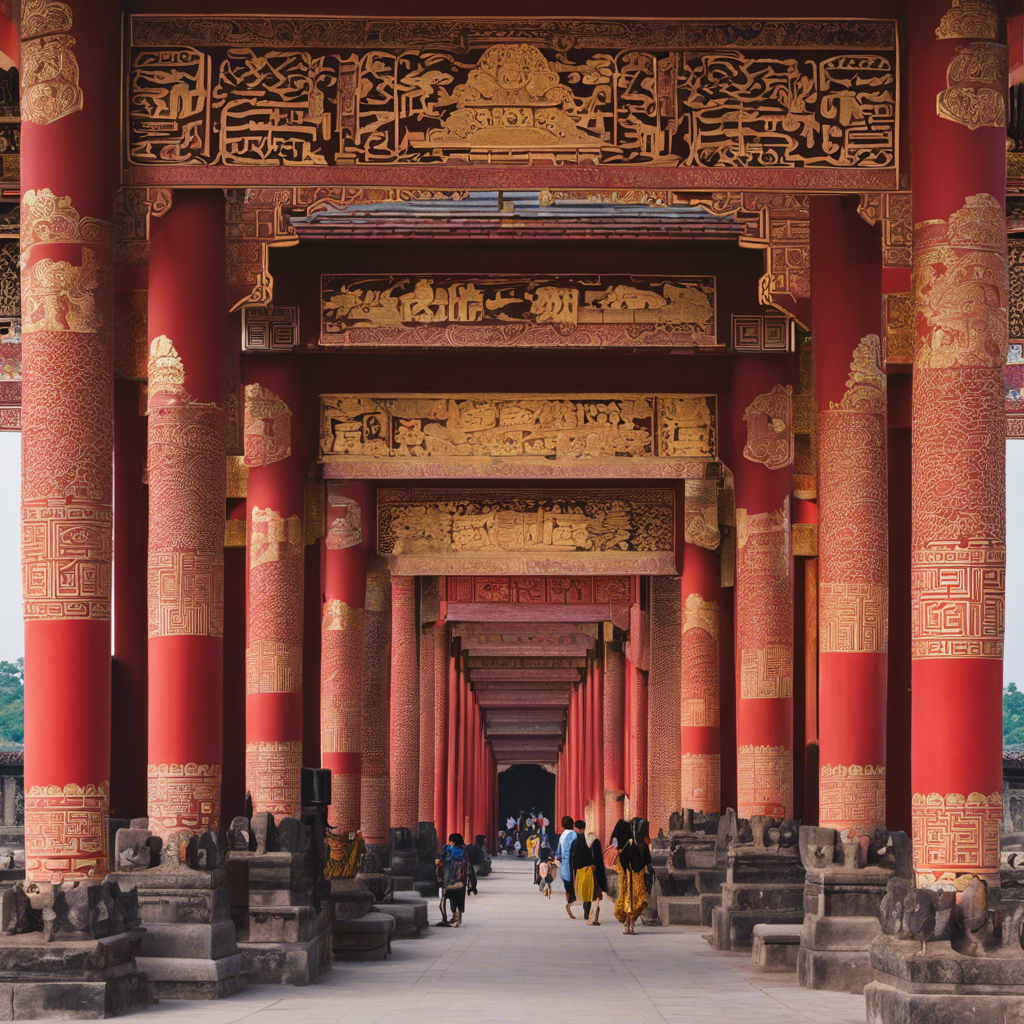Exploring Asia’s Rich Cultural Heritage
Asia, with its vast and diverse landscapes, is a treasure trove of rich cultural heritage waiting to be explored. From the vibrant colors of Indian festivals to the serene beauty of Japanese tea ceremonies, the continent offers a myriad of experiences that showcase the depth and beauty of its traditions.
One of the most captivating aspects of Asia’s cultural heritage is its deep-rooted traditions in art and architecture. The intricate designs of temples in Cambodia, the delicate brushstrokes of Chinese calligraphy, and the graceful movements of traditional Indian dance all reflect the creativity and skill passed down through generations.
Food plays a central role in Asian culture, with each region boasting its own unique flavors and culinary traditions. Whether savoring a spicy bowl of Thai curry, indulging in the delicate flavors of Japanese sushi, or enjoying the comforting warmth of a bowl of Vietnamese pho, Asian cuisine is a delightful journey for the taste buds.
Asia’s rich cultural heritage is also evident in its diverse festivals and celebrations. From the colorful lantern festivals in South Korea to the exuberant Songkran water festival in Thailand, these events offer a glimpse into the vibrant spirit and traditions that define each country’s cultural identity.
Traditional music and dance are integral parts of many Asian cultures, serving as a means of storytelling and expression. The haunting melodies of the sitar in India, the rhythmic beats of taiko drums in Japan, and the graceful movements of classical Thai dance all speak to the deep connections between music, dance, and cultural identity in Asia.
The continent’s historical sites and monuments stand as testaments to its rich past and enduring traditions. From the majestic Great Wall of China to the ancient temples of Angkor Wat in Cambodia, these landmarks offer a window into the architectural marvels and historical significance of Asia’s cultural heritage.
Asian literature and philosophy have also played a significant role in shaping the region’s cultural identity. From the timeless wisdom of Confucius in China to the epic tales of the Ramayana in India, these literary works continue to inspire and resonate with audiences around the world.
In conclusion, exploring Asia’s rich cultural heritage is a journey of discovery and appreciation for the traditions, art, cuisine, and values that have shaped the continent’s diverse tapestry. By delving into the depths of its history and embracing the beauty of its heritage, one can truly experience the essence of Asia’s cultural richness and diversity.
